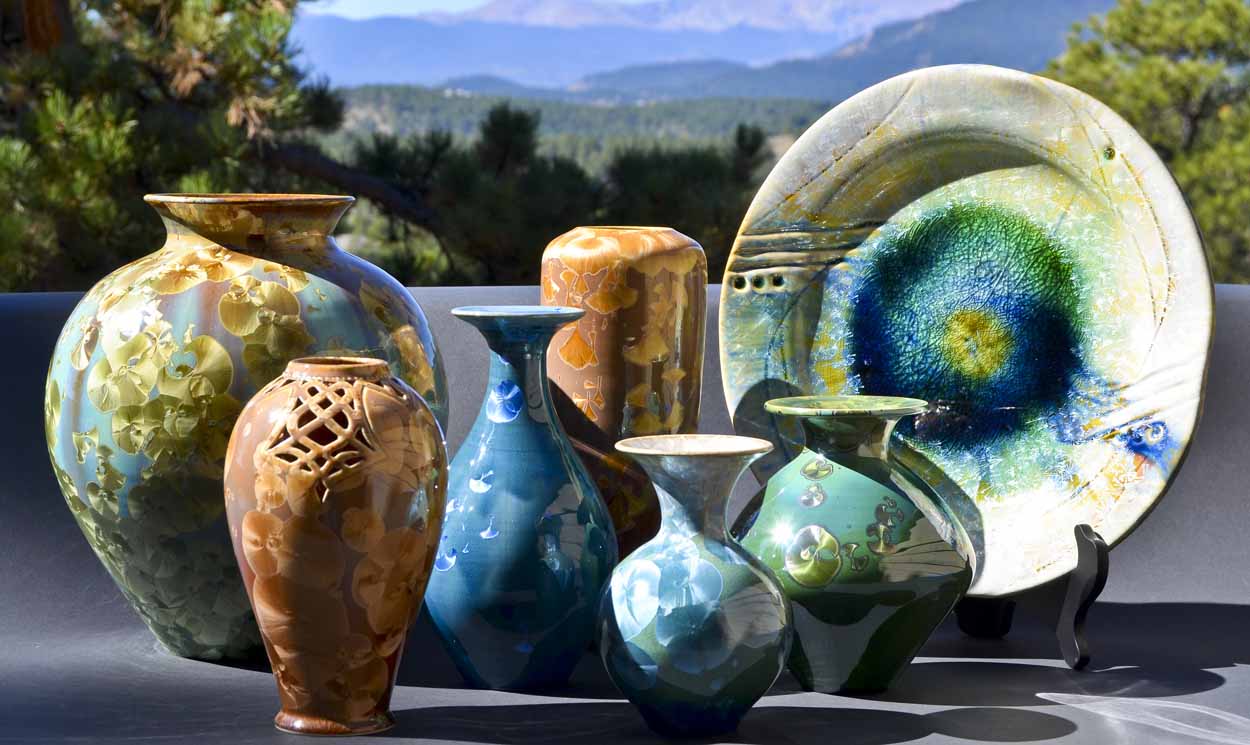Crockery, with its roots deeply embedded in human civilization, has been a constant companion in the journey of human existence. In the United States, the evolution of crockery tells a captivating tale of craftsmanship, innovation, and cultural adaptation.
Early Beginnings: Native American Influence
The history of crockery in the US begins long before the establishment of the nation itself. Native American communities were crafting pottery long before the arrival of European settlers. Their unique styles and techniques laid the groundwork for the rich diversity seen in American crockery today.
Colonial Pottery: European Influences
With the arrival of European settlers, particularly from England and Germany, new styles of pottery emerged. The colonial period saw the establishment of potteries, each with its distinctive mark reflecting the cultural amalgamation occurring in the New World.
The Rise of Stoneware: 19th Century Expansion
As the nation expanded westward, so did the demand for durable and practical crockery. Stoneware became the material of choice during the 19th century, known for its resilience and versatility. This era also witnessed the emergence of regional styles, with each area contributing its unique flair to the craft.
The Industrial Revolution: Mass Production and Standardization
The 19th century also ushered in the Industrial Revolution, transforming the landscape of crockery production. Mass production and standardization became key features, allowing crockery to become more accessible to a broader spectrum of society. This era laid the foundation for the household crockery we are familiar with today.
Art Pottery Movement: Aesthetic Revival
In the late 19th and early 20th centuries, the Arts and Crafts movement brought about a resurgence of interest in handmade, artistic pottery. Artisans sought to combine functionality with aesthetic appeal, giving rise to a new wave of creative expression in crockery design. This movement laid the groundwork for the diverse range of styles seen in contemporary American pottery.

Mid-20th Century: The Golden Age of American Ceramics
The mid-20th century witnessed a boom in ceramic artistry, with iconic figures such as Rose Cabat, Peter Voulkos, and Eva Zeisel leaving an indelible mark on the landscape. This period marked a departure from traditional forms, embracing abstract and avant-garde designs that challenged the conventions of the time.
Contemporary Trends: Fusion of Tradition and Innovation
In the 21st century, American crockery continues to evolve. A resurgence of interest in traditional craft techniques coexists with a growing appreciation for innovative and sustainable practices. Artisans and consumers alike are exploring the intersection of function and art in the realm of crockery.
Conclusion:
The history of crockery in the United States is a vibrant tapestry woven with threads of tradition, innovation, and cultural diversity. From the indigenous pottery of pre-colonial times to the contemporary fusion of art and function, crockery has been an integral part of the American experience. As we use and appreciate these vessels in our daily lives, let us remember the rich history and craftsmanship that they embody—a testament to the enduring legacy of American pottery.


Hi, I’m Natalie from Social Buzzzy checking in. I’ve found a revolutionary tool for Instagram success and just had to share it with you!
Social Growth Engine offers an incredible tool that boosts Instagram engagement. It’s straightforward:
– Just focus on making amazing content.
– Economical at under $36/month.
– Secure, powerful, and compliant with Instagram.
Witnessing fantastic results, and I am confident you will too! Elevate your Instagram game today: http://get.socialbuzzzy.com/instagram_booster
Cheers your success,
Your friend Natalie